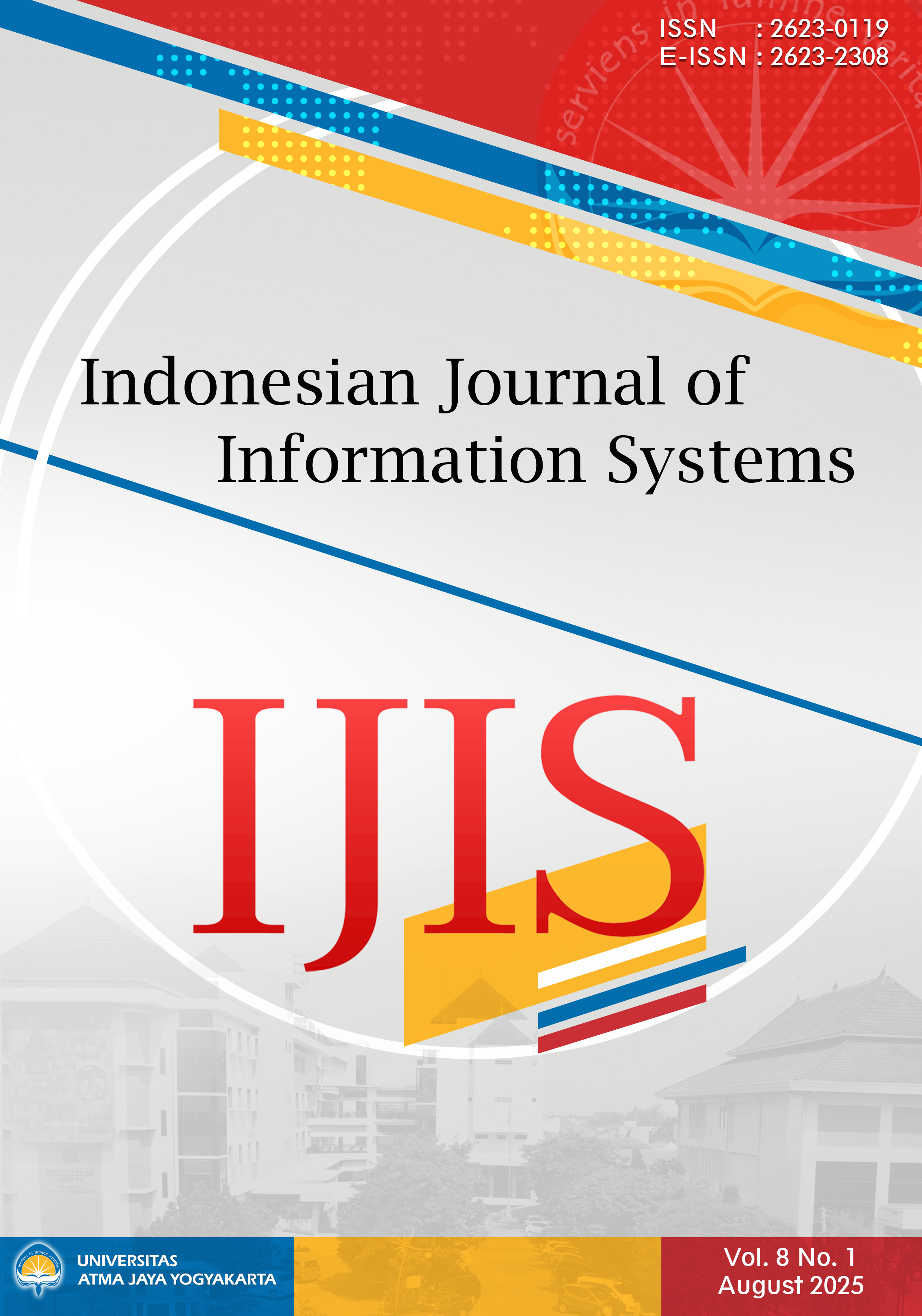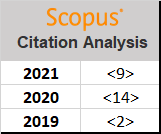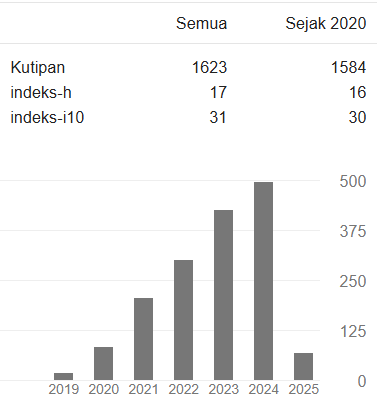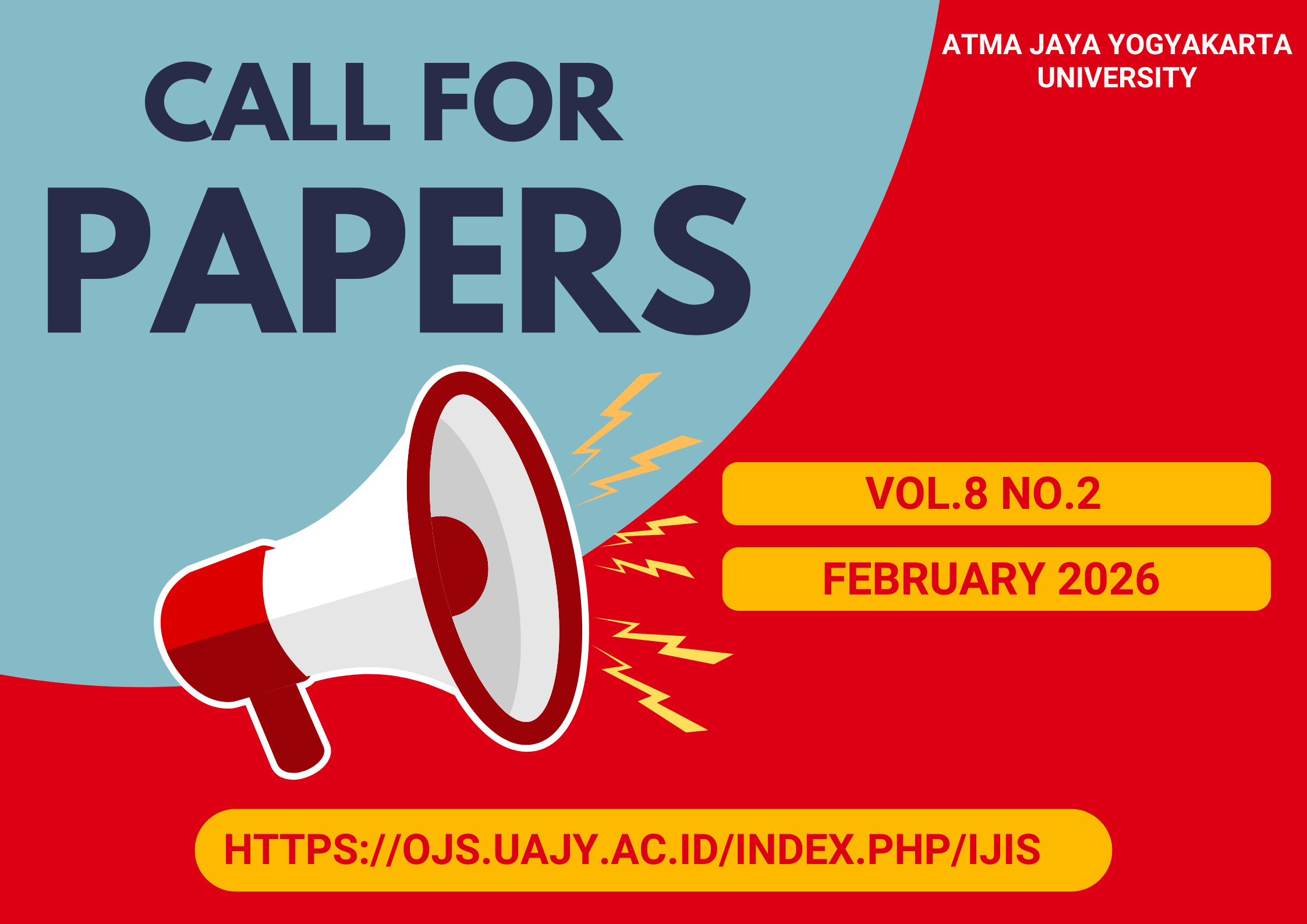Recognition of the Lima Pandawa Shadow Puppet characters utilizing Principal Component Analysis (PCA) for feature extraction and K-Nearest Neighbor (KNN) for classification
DOI:
https://doi.org/10.24002/ijis.v8i1.11032Abstract
The traditional type of puppet-shadow play, Wayang Kulit, is an integral component of Indonesian culture. The Pandawa Lima, protagonists in this artistic medium, have great importance not just in narrative but also in embodying moral and ethical principles. The automated identification of these characters can optimize a range of applications, such as instructional resources, digital preservation, and interactive displays. This research intends to maximize the advantages of PCA and KNN by utilizing their respective strengths: PCA's capacity to decrease data dimensionality and KNN's efficacy in classification tasks. An expected outcome of this combination is an enhancement in recognition accuracy without compromising computational efficiency. The classification matrix indicates that the model achieved a 78% accuracy rate. Class-specific accuracy, recall, and F1-scores are as follows: arjuna achieves a precision of 0.85, recall of 0.91, and F1 Score of 0.87. Macro averages for precision, recall, and F1 are 0.77, 0.76, and 0.74, respectively. Weighted averages for these metrics are 0.80, 0.78, and 0.77, respectively. The model exhibits strong performances on Arjuna, Sadewa, and Yudistira, but encounters difficulties with Bima and Nakula.
References
[1] L. C. Paul and A. Al Sumam, “Face recognition using principal component analysis method,” Int. J. Adv. Res. Comput. Eng. Technol., vol. 1, no. 9, pp. 135–139, 2012.
[2] R. Kaur and E. Himanshi, “Face recognition using principal component analysis,” in 2015 IEEE international advance computing conference (IACC), 2015, pp. 585–589, doi: 10.1109/IADCC.2015.7154774.
[3] V. Ong and D. Suhartono, “Using k-nearest neighbor in optical character recognition,” ComTech Comput. Math. Eng. Appl., vol. 7, no. 1, pp. 53–65, 2016, doi: 10.21512/comtech.v7i1.2223.
[4] M. S. A. Malik, N. Kousar, T. Abdullah, M. Ahmed, F. Rasheed, and M. Awais, “Pakistan sign language detection using PCA and KNN,” Int. J. Adv. Comput. Sci. Appl., vol. 9, no. 4, 2018.
[5] M. Baheti, “KNN and PCA Approach for Gujarati Script,” Nanotechnol. Perceptions, pp. 388–394, 2024, doi: 10.62441/nano-ntp.v20iS6.27.
[6] M. Agarwal, S. Indu, and N. Jayanthi, “An Approach to the Classification of Ancient Indian Scripts Using the CNN Model,” in International Conference on Women Researchers in Electronics and Computing, 2023, pp. 367–377, doi: 10.1007/978-981-99-7077-3_36.
[7] R. Krithiga, S. R. Varsini, R. G. Joshua, and C. U. O. Kumar, “Ancient character recognition: a comprehensive review,” IEEE Access, 2023, doi: 10.1109/ACCESS.2023.3341352.
[8] L. Giridhar, A. Dharani, and V. Guruviah, “A novel approach to ocr using image recognition based classification for ancient tamil inscriptions in temples,” arXiv Prepr. arXiv1907.04917, 2019, doi: 10.48550/arXiv.1907.04917 Focus to learn more.
[9] D. R. Devi, M. D. Kanna, and S. Rajendran, “Ancient tamil digits recognition using convolutional neural network,” in AIP Conference Proceedings, 2024, vol. 3180, no. 1, doi: 10.1063/5.0224624.
[10] S. Gupta and S. Singh, “Indian dance classification using machine learning techniques: A survey,” Entertain. Comput., p. 100639, 2024, doi: 10.1016/j.entcom.2024.100639.
[11] J. Shen and L. Chen, “Application of human posture recognition and classification in performing arts education,” IEEE Access, 2024, doi: 10.1109/ACCESS.2024.3451172.
[12] M. A. Turk and A. P. Pentland, “Face recognition using eigenfaces,” in Proceedings. 1991 IEEE computer society conference on computer vision and pattern recognition, 1991, pp. 586–587, doi: 10.1109/CVPR.1991.139758.
[13] T. Hastie, R. Tibshirani, and J. Friedman, The elements of statistical learning: data mining, inference, and prediction. Springer, 2017.
[14] M. R. Arif Yudianto, R. A. Hasani, and P. Sukmasetya, “Study comparison of color channel to median filter in wayang image using convolutional neural network algorithm,” in AIP Conference Proceedings, 2023, vol. 2706, no. 1, doi: 10.1063/5.0120384.
[15] K. A. Nugraha, A. J. Santoso, and T. Suselo, “Algoritma backpropagation pada jaringan saraf tiruan untuk pengenalan pola wayang kulit,” in Seminar Nasional Informatika (SEMNASIF), 2015, vol. 1, no. 4.
[16] M. H. Santoso, D. A. Larasati, and M. Muhathir, “Wayang Image Classification Using MLP Method and GLCM Feature Extraction,” J. Comput. Sci. Inf. Technol. Telecommun. Eng., vol. 1, no. 2, pp. 111–119, 2020, doi: 10.30596/jcositte.v1i2.5131.
[17] B. Sandy, J. K. Siahaan, and P. Permana, “Klasifikasi Citra Wayang dengan Menggunakan Metode K-NN dan GLCM,” in Seminar Nasional Teknologi Informatika (Semantika), 2021, pp. 71–77.
[18] M. Banjaransari and A. Prahara, “Image Classification of Wayang Using Transfer Learning and Fine-Tuning of CNN Models,” Bul. Ilm. Sarj. Tek. Elektro, vol. 5, no. 4, pp. 632–641, 2023, doi: 10.12928/biste.v5i4.9977.
[19] M. R. A. Yudianto, K. Kusrini, and H. Al Fatta, “Analisis Pengaruh Tingkat Akurasi Klasifikasi Citra Wayang dengan Algoritma Convolitional Neural Network,” J. Teknol. Inf., vol. 4, no. 2, pp. 182–191, 2020, doi: 10.36294/jurti.v4i2.1319.
[20] W. Supriyanti and D. A. Anggoro, “Classification of pandavas figure in shadow puppet images using convolutional neural networks,” Khazanah Inform. J. Ilmu Komput. dan Inform., vol. 7, no. 1, 2021, doi: 10.23917/khif.v7i1.12484.
[21] K. Kusrini, M. R. A. Yudianto, and H. Al Fatta, “The effect of Gaussian filter and data preprocessing on the classification of Punakawan puppet images with the convolutional neural network algorithm,” Int. J. Electr. Comput. Eng., vol. 12, no. 4, p. 3752, 2022, doi: 10.11591/ijece.v12i4.pp3752-3761.
[22] M. Muhathir, M. H. Santoso, and D. A. Larasati, “Wayang Image Classification Using SVM Method and GLCM Feature Extraction,” J. Informatics Telecommun. Eng., vol. 4, no. 2, pp. 373–382, 2021, doi: 10.31289/jite.v4i2.4524.
[23] A. S. S. Pratama, A. P. Wibawa, and A. N. Handayani, “Convolutional Neural Network (Cnn) Untuk Menentukan Gagrak Wayang KULIT,” J. Mnemon., vol. 5, no. 2, pp. 98–102, 2022, doi: 10.36040/mnemonic.v5i2.4671.
[24] Muhathir, “Measuring the accuracy of SVM with varying Kernel function for classification of Indonesian Wayang on Images,” in 2020 International Conference on Decision Aid Sciences and Application (DASA), 2020, pp. 1190–1196, doi: 10.1109/DASA51403.2020.9317197.
[25] Muhathir, N. Khairina, R. K. I. Barus, M. Ula, and I. Sahputra, “Preserving Cultural Heritage Through AI: Developing LeNet Architecture for Wayang Image Classification,” Int. J. Adv. Comput. Sci. Appl., vol. 14, no. 9, 2023, doi: 10.14569/IJACSA.2023.0140919.
[26] F. Fatmayati, M. Nugraheni, R. Nuraini, and F. Rossi, “Classification of Character Types of Wayang Kulit Using Extreme Learning Machine Algorithm,” Build. Informatics, Technol. Sci. Vol., vol. 5, pp. 317–326, 2023, doi: 10.47065/bits.v5i1.3568.
[27] I. B. K. Sudiatmika, M. Artana, N. W. Utami, M. A. P. Putra, and E. G. A. Dewi, “Mask R-CNN for indonesian shadow puppet recognition and classification,” in Journal of Physics: Conference Series, 2021, vol. 1783, no. 1, p. 12032, doi: 10.1088/1742-6596/1783/1/012032.
[28] B. H. Suharto and M. Hardiyanti, “Identifikasi Wanda Janaka berbasis Deep Learning dengan Metode Convolutional Neural Network,” Comput. Sci. Res. Its Dev. J., vol. 15, no. 3, 2023.
[29] I. B. K. Sudiatmika, “Indonesian traditional shadow puppet image classification: A deep learning approach,” in 2018 10th International Conference on Information Technology and Electrical Engineering (ICITEE), 2018, pp. 130–135, doi: 10.1109/ICITEED.2018.8534776.
[30] K. Wisnudhanti and F. Candra, “Image classification of pandawa figures using convolutional neural network on raspberry pi 4,” in Journal of Physics: Conference Series, 2020, vol. 1655, no. 1, p. 12103, doi: 10.1088/1742-6596/1655/1/012103.
[31] A. Mustafid, M. M. Pamuji, and S. Helmiyah, “A comparative study of transfer learning and fine-tuning method on deep learning models for wayang dataset classification,” IJID (International J. Informatics Dev., vol. 9, no. 2, pp. 100–110, 2020, doi: 10.14421/ijid.2020.09207.
[32] A. Kaelola, Mengenal Tokoh Wayang Mahabharata. Media Pressindo, 2010.
Downloads
Published
How to Cite
Issue
Section
License

This work is licensed under a Creative Commons Attribution-ShareAlike 4.0 International License.
Indonesian Journal of Information Systems as journal publisher holds copyright of papers published in this journal. Authors transfer the copyright of their journal by filling Copyright Transfer Form and send it to Indonesian Journal of Information Systems.

Indonesian Journal of Information Systems is licensed under a Creative Commons Attribution-NonCommercial 4.0 International License.

















